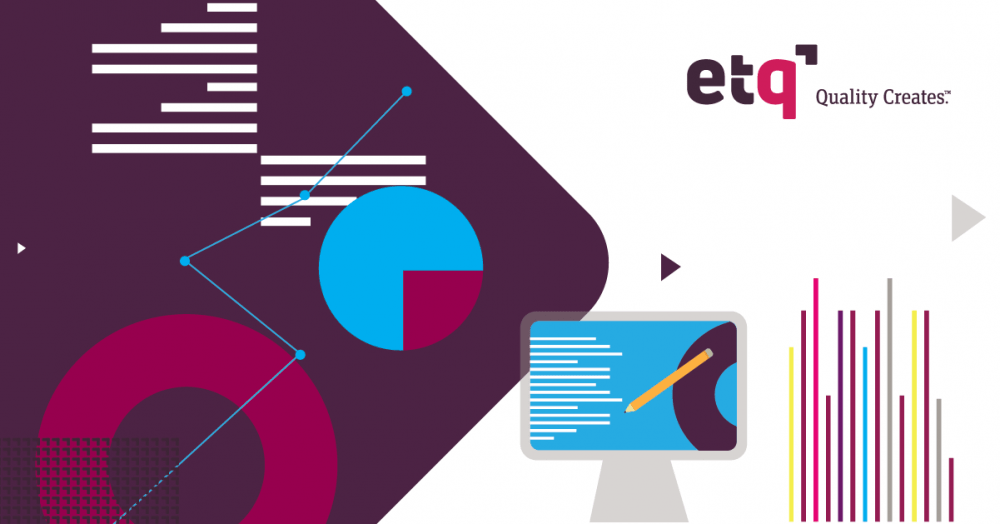There are many aspects of a QMS and it’s easy to get overwhelmed by the choices and options. Don’t feel like you need to implement a broad solution out of the gate, which will more likely lead to failure or a limited understanding of the system’s full potential. Start with achievable goals by targeting areas of quick results – document control and employee training are two such areas. Audit and corrective action management can both add significant value.
Many quality practitioners would not prioritize supply chain quality at this juncture – yet. The goal is to start with a successful project that shows the value of automating your quality processes. With that under your belt, you’ll be able to expand to include other areas such as supply chain quality, integration with enterprise systems, risk assessment, etc.
To ensure everyone is using the same information you need your documents online, and an easy way to ensure basic controls on your information. A QMS offers improved document control, policy access and training. Increased visibility and training will ensure compliance and create a culture of continuous improvement. Don’t limit access, all employees play a role in quality and in managing risk.
It’s time to start looking at a centralized QMS that can put structure around how you create and manage all your critical documents. Develop a workflow that shows how a document gets created, reviewed, approved, and distributed. And it’s not enough to route documents, you need to track who has been trained on your critical policies and procedures. Don’t compromise on quality – today’s investments will pay off in the future.
When you start to automate or expand your quality processes, Corrective Action management quickly rises to the top of the list as a function that can provide significant results. Whether you are dealing with non-conformances, audit findings (both internal and external), or supplier corrective actions, having a system to track the issues and actions becomes critical. If you’ve been audited, you certainly need to show how you are resolving any findings.
Increased visibility and training will ensure compliance and create a culture of continuous improvement.




